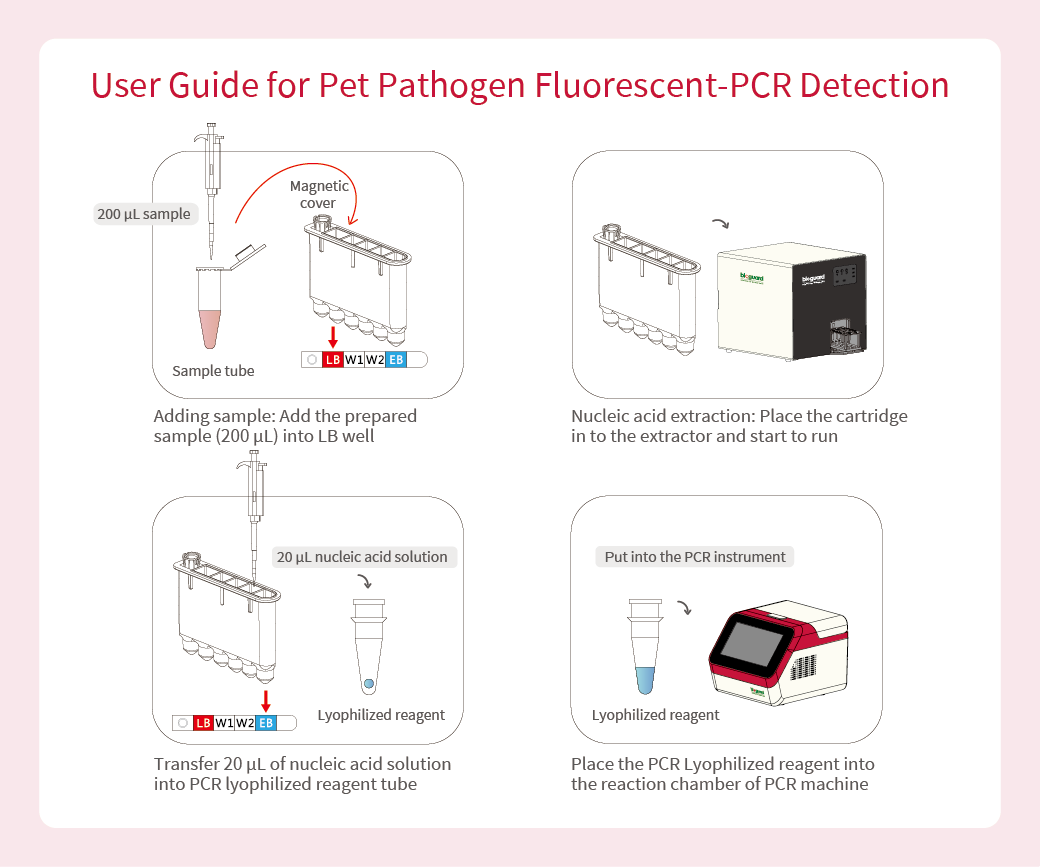Sushant Sadotra, PhD/Diagnostic specialist
Feline respiratory disease (FRD) syndrome or feline upper respiratory tract disease complex is a common infection in cats caused mainly by Feline Herpesvirus (FHV-1), Feline Calicivirus (FCV), Chlamydophila felis, Mycoplasma spp., and Bordetella bronchiseptica. About 90% of all upper respiratory infections are caused by FHV-1 and FCV.
Common Symptoms:
· Sneezing
· Nasal congestion
· Conjunctivitis (inflammation of the membranes lining the eyelids)
· Discharge from the nose or eyes (clear, purulent, or cloudy containing pus).
· Difficulty breathing
· Ulcers in the mouth
Less specific symptom
· Less appetite
· Lethargy
· Fever
· Enlarged lymph nodes
· Blepharospasm (squinting)
Sources of infection:
· Susceptible cats can get an infection by contagious particles in saliva or secretions from the nose or eyes shredded by an infected cat.
· Most cases are associated with direct contact
· Natural transmissions can also occur via aerosol droplets.
- Stress may also cause a secondary course of illness.
Real-Time PCR for Diagnosis:
A definitive diagnosis is based on clinical signs and laboratory testing for the isolation and identification of the infection. The Polymerase chain reaction (PCR) test is one of the sensitive tests and most reliable for detecting the presence of infectious agents. PCR detects the genomic material of the pathogen and determines its presence in the host. It is often more sensitive and specific than other available tests. However, false negative results are still expected.
In the case of patients with latent herpes infections where the FHV-1 is found in the trigeminal ganglion can give negative PCR results. In the case of Chlamydophila, 2-3 days of antibiotic treatment for patients can also have negative PCR results.
Samples of ocular, nasal, or caudal pharyngeal secretions for PCR assay are best for the diagnosis and identification of causative agents.
Sample collection tips:
· Ocular: Moisten with tears/exudate well or firmly swab both of the conjunctival sacs with a sterile swab.
· Clinical lesions: Prefer to swab from the nasal and pharyngeal areas.
- After sample collection, place the swab into the preservation buffer and mix thoroughly. If not for immediately use, please keep the mixture at 4°C (no more than 3 days) until nucleic acid extraction.


